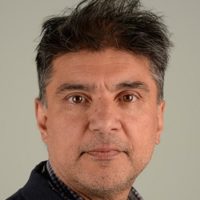
Dr
Jamal
Nasir
Associate Professor in Human Genetics & Genomics - Faculty of Arts, Science and Technology
Associate Professor in Human Genetics & Genomics
Faculty of Arts, Science and Technology